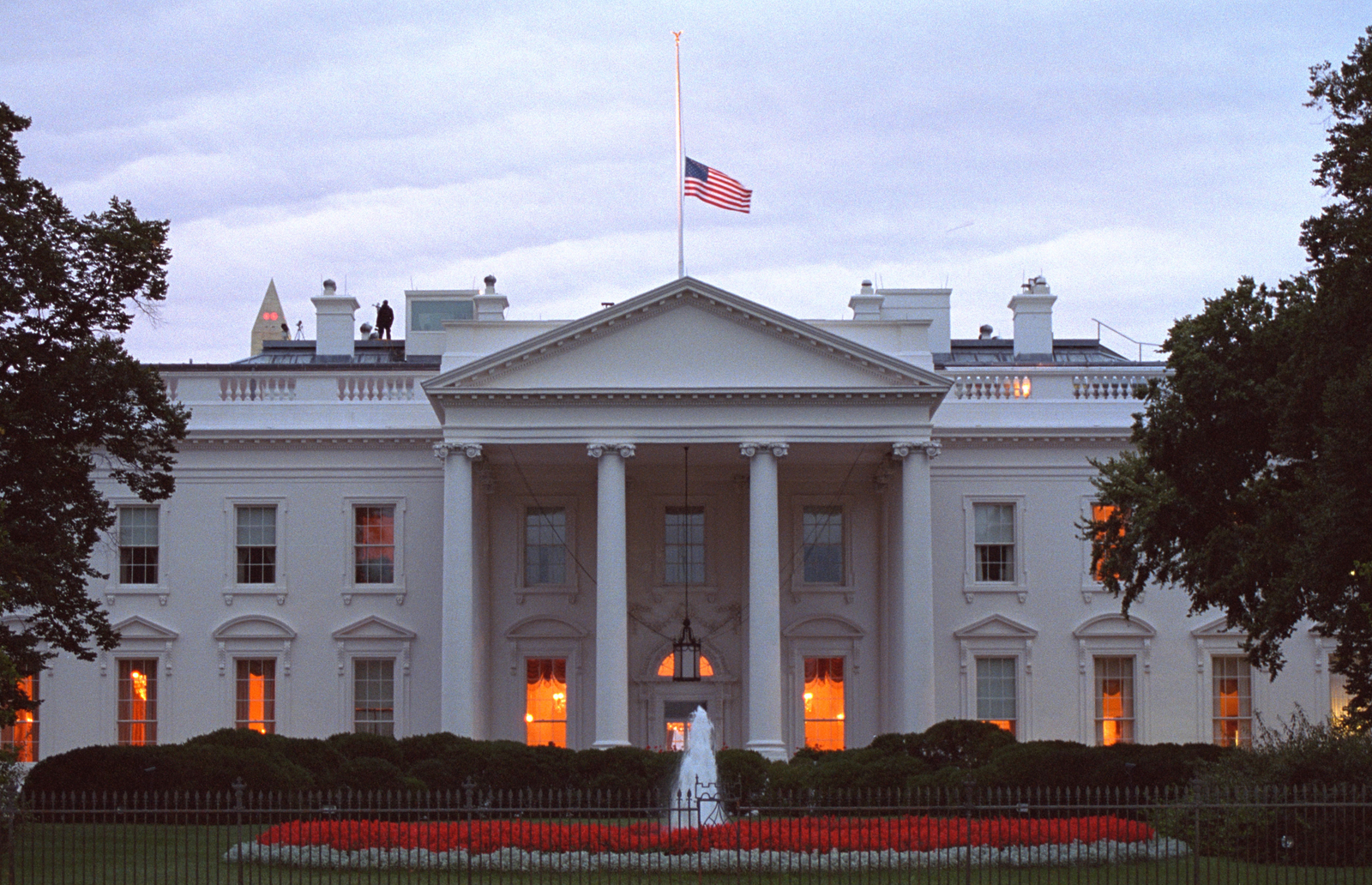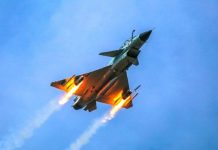The corridors of power housing the White House, Capitol building, and other government locations in Washington D.C., the National Capital Region of the United States, is a heavily protected airspace where no intruder can be spared.
F-35 vs F-15: Why Qatari F-15 Eagles ‘Stand No Chance’ Against Israeli / Emirati F-35 Stealth Jets?
To enhance the air defense capability in the region, the US government installed the Enhanced Regional Situational Awareness (ERSA) system in 2004 that uses a highly focused laser beam as a visual warning system to the inadvertent aircraft that enter the controlled airspace.
However, the Air Force Command now wants to enhance and refresh the laser projector components of the system. In order to do that, the Air Force Life Cycle Management Center’s Battle Management Directorate at Hanscom Air Force Base has issued a Request For Information (RFI), accessed by The Drive, seeking a “non-proprietary, open system refresh that meets or exceeds current capabilities and provides a more efficient, effective, and supportable laser projection/warning system.”
Explaining the application of the system, the notice states that – “The ERSA system is a collective suite of lasers, electro-optical (EO) and infrared (IR) sensors, connecting networks, data correlation, applications, decision support tools, and operator displays. The specific mission of the lasers is to generate a visual warning signal visible to the aircrew of aircraft that may have entered into controlled airspace in error.”

“The laser system and the red/green pulses of light it develops are mentioned to all aircraft in their approved flight plan if they are to be near the NCR; additionally, the laser system is published in FAA Notices to Airmen (NOTAMS) for all aircraft.”
This “system provides the National Capital Region-Integrated Air Defense System (NCR-IADS) with ‘eyes on’ video of aircraft in the NCR through a network of visual and infrared cameras.
The system underwent “partial technical refresh” in 2012, however, the lasers are in use since 2004 when it was first installed.
After the deadly terrorist attack on September 11, 2001, the North American Aerospace Defense Command (NORAD) recognized the need to improve “low altitude, low airspeed detection capability in order to act against airborne threats against the national capital region. This led to the establishment of IADS to protect NCR assets that hostile entities could target.”
On November 26, 2019, a suspicious radar track prompted Washington D.C. to go into a lockdown. What was described as a “slow-moving blob” led to military aircraft being scrambled to intercept the possible intruder.
However, later the officials said that there was no real threat and the system was prompted due to a flock of birds.
“A trained radar operator should be able to differentiate between a flock of birds and an aircraft, but this mistake is actually a fairly common one,” according to retired Air Force Col. Cedric Leighton.
“How the flock of birds appears on a radar screen can be very similar to the radar ‘look’ of a small aircraft. This happens sometimes with older radar systems,” he added.
The alert lasted about 45 minutes and during that time, CBS News reporter, Sara Cook, noticed the missile launcher on the opposite building from the White House.
Spotted during the lockdown: a missile battery in position atop a building across the street from the White House pic.twitter.com/IkmjWby2FI
— Sara Cook (@saraecook) November 26, 2019
Before these systems are activated, ERSA shoots laser beams to warn the aircraft. “ERSA is not designed to deliberately disorient or confuse a pilot with hostile intent, but it’s worth noting that potentially hazardous lasers are used around airports and other locales to blind and disorient aircrew,” noted The Drive.
Reportedly, the NCR-IADS includes US Coast Guard MH-65 Dolphin helicopters, Avenger short-range air defense systems, and medium-range NASAMS surface-to-air missiles and F-16 Viper fighters.




